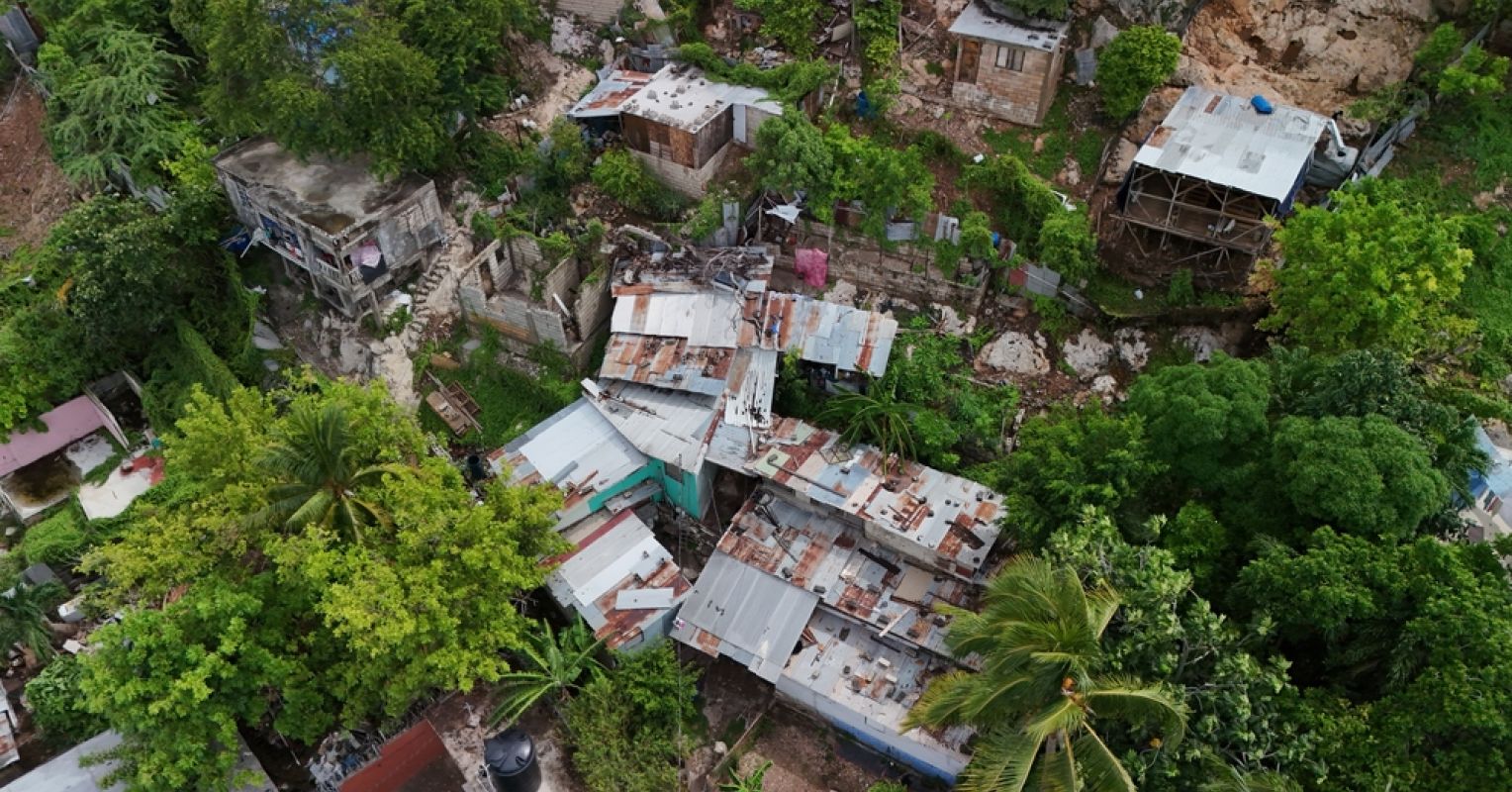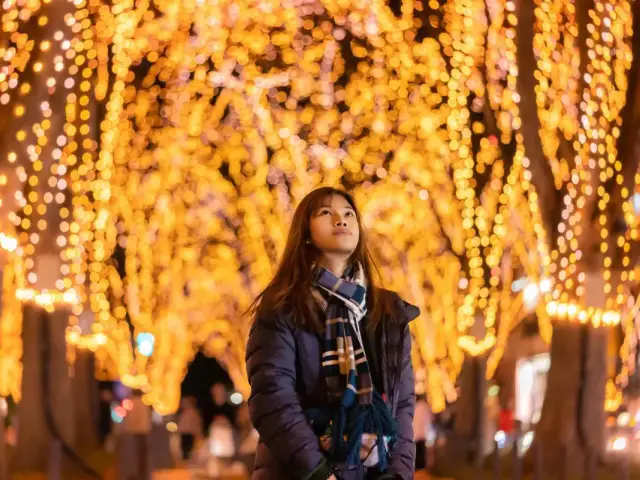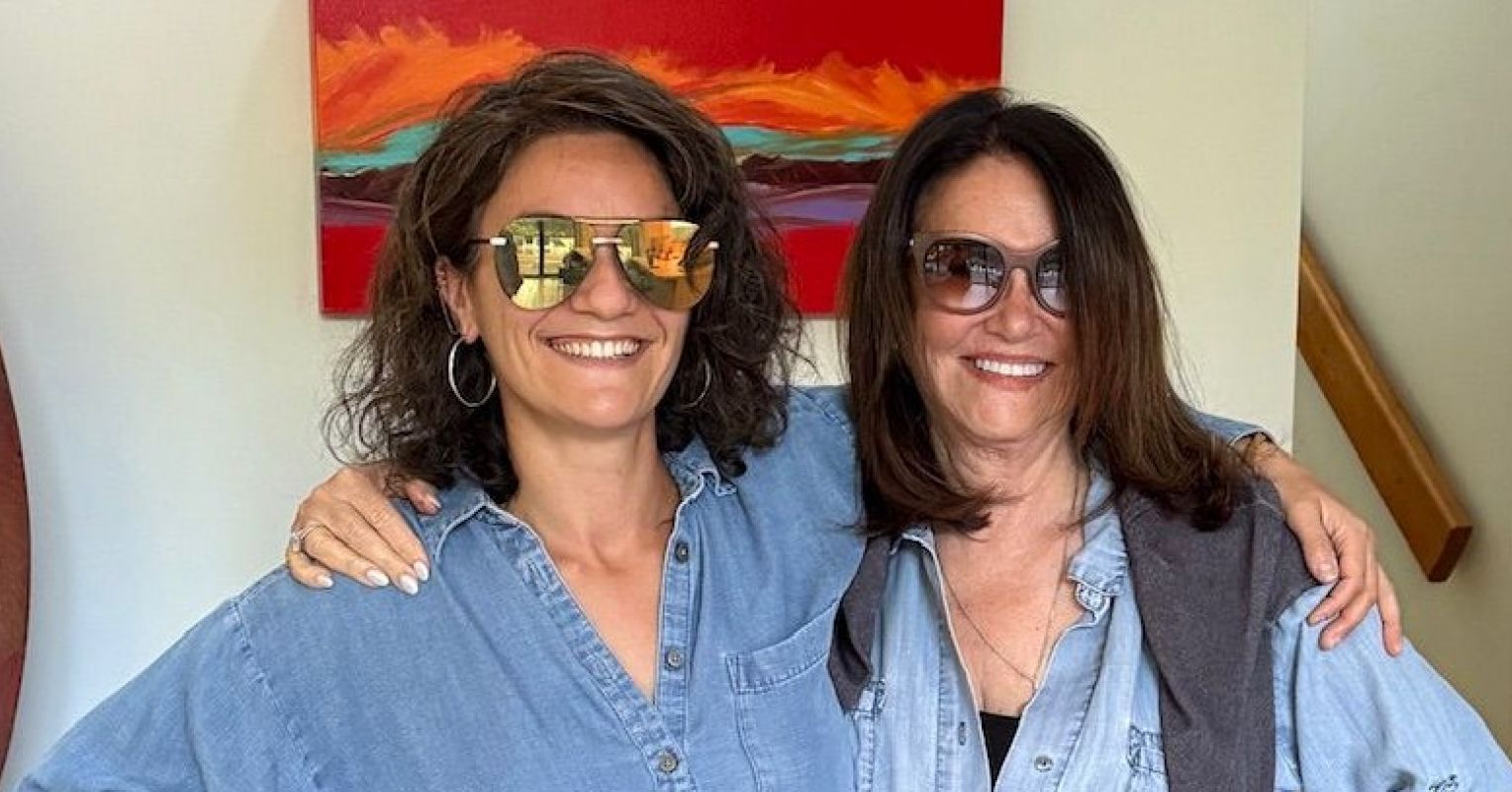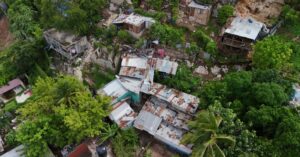Earlier this spring I got a desperate text from an 18 year old.
She’s from one of the families I profiled in The Stolen Year, my 2022 book that documented the impact of the first year of the COVID-19 pandemic on children.
My young friend told me that she and her nine siblings were experiencing delays in their food stamps because of the Trump funding freeze. Then, her family’s power had been turned off for nonpayment. She contacted me for help, worried that what little food they had would go bad.
X

One of her younger brothers, then seven years old, was shot in the leg in May 2020. With schools closed, he was roaming his neighborhood in St. Louis with older boys, and they climbed through the window of a house that, his mother says, was being used by drug dealers. (He recovered.) His mother, meanwhile, lost more than one job when she had no access to schools or child care. She had an autistic toddler who received no regular early intervention services during critical months. She also struggled with her Mental health, which put her older children, like my 18 year old friend, in the roles of caregiver and provider.
When I got that text, we had just passed the five-year anniversary of the COVID-19 lockdown. The world has moved on to other horrors. But a large array of evidence is showing that young people broadly still have not recovered—not from the pandemic itself, nor from the policies adopted in response to the pandemic, particularly extended school closures.
Two new books, An Abundance of Caution by journalist David Zweig, and In Covid’s Wake, by the political scientists Stephen Macedo and Frances E. Lee, take a look back at our collective decision making. Together, these books, and mine, aim to shed light on these questions: What should we do differently in future pandemics? And, pandemics aside, what did this event teach us about children’s well-being?
What’s clear is that there is no path forward for us as a country unless we learn to center the needs of our children.
Trauma and learning loss
When lockdowns hit, I was a national education reporter who had published three books related to educational technology; I’d written about the fate of children in New Orleans just after Katrina, and again 10 years later, in a comprehensive report for NPR. I had also covered education and children’s well-being across the developing world: in Manila and Mumbai slums, in the rural Andes, in migrant worker camps in Baja, California.

The Stolen Year: How COVID Changed Children’s Lives, and Where We Go Now (PublicAffairs, 2022, 352 pages)
These experiences made me intimately familiar with the danger COVID posed specifically to children—not as a novel infectious illness, but as a large-scale social disruptor. I knew that the evidence showed remote learning would be a “force multiplier” for inequality, in the words of MIT’s Justin Reich. I knew that in-person school provided an array of benefits beyond learning, from health care to meals to reducing gender inequity to social and emotional support, which is why getting children everywhere into classrooms is a major target of the UN Development Goals. And I knew the research, including from New Orleans, showing that even brief interruptions in in-person learning, in the context of massive social disasters, which COVID very much was, would have a long tail of effects.
I published a story on NPR.org and went live on air on April 2, 2020, predicting the following: Learning lost would take years to recoup, and some kids would never catch up. Remote learning would fail millions of kids with disabilities and low-income kids without reliable internet access, among others. Caregivers and children were at risk from toxic stress, the kind that remodels developing brains.
All of this has been more than borne out, although in 2020 I could never have imagined that some children in the U.S. would be out of school for more than a year. And the impacts are still being felt five years later, across many different domains.
Any discussion of the impact of COVID and the responses on kids has to start with the acknowledgment that COVID was a mass orphaning event worldwide. More than 200,000 American children lost a primary caregiver, including custodial grandparents; these losses continue, as COVID is still a leading cause of death in the United States. This is a tragedy and a trauma.
According to the “Nation’s Report Card,” in January 2025, the average U.S. student remained nearly half a grade level behind pre-pandemic achievement in math and reading. Students are even further behind in reading than they were in 2022. And gaps between rich and poor kids are even bigger than they were.
For the youngest children, a raft of studies suggest lingering deficits in communication scores and other developmental delays, especially for high-risk groups.
“I have seen a huge increase in referrals of young children (ages four to six),” one developmental psychologist told me recently. “These are kids born during the height of the pandemic, when there was the greatest level of anxiety and social isolation. ”
“Kids are still coming in with early language and literacy delays and high levels of stress and trauma,” Jessica Sager, who runs All Our Kin, a network supporting child care providers in low-income communities, told me in spring 2025.
“The children born in May 2020, June 2020, in the height of everything, this is their first school experience,” said a Head Start teacher I interviewed last June. “They didn’t know how to interact with kids their age. They didn’t know how to play; they had only played with siblings or mom and dad. They’re hitting, smacking things out of other kids’ hands. They don’t know how to use your words to get something.”
A pair of educational therapists I talked to last week said they are seeing older children, now in high school, who missed critical windows for learning to read. And an eighth-grade teacher, Dan Kearney, recently said to me: “We keep hoping each new class will be the last one affected by the pandemic, but we are still seeing impacts.”
As my own reporting shows, the impacts on children were predictable from the start, and well known to experts. They are hard enough to confront if one believes that they were necessary—that prolonged school closures were implemented with the best possible evidence, and that they saved lives.
These two new books argue otherwise.
Too much caution
An Abundance of Caution focuses specifically on why the United States was an outlier among developed countries for how long it kept its schools closed. Zweig goes deep on the scientific evidence, reading into the fine print of various studies.

An Abundance of Caution: American Schools, the Virus, and a Story of Bad Decisions (The MIT Press, 2025, 464 pages)
“The entire pandemic response,” Zweig alleges in an interview, “was based on intuition and theory rather than evidence.”
And that intuition implicated children. He notes that the U.S. pandemic plan was formulated in the George W. Bush era, based on influenza. But COVID, of course, wasn’t influenza. And models, Zweig points out, were only models. The six-foot rule, to take one example, “wasn’t based on data,” according to none other than COVID czar Dr. Anthony Fauci. (One might argue that it was an approximation that was directionally correct; but it became a rigid rule that prevented children from returning to in-person classes full-time.)
Respiratory diseases, like colds and flu, tend to spread faster among children and can pose a greater risk to children; COVID, it turned out, was the opposite. “Evidence was available very early that, one, kids were not at great risk, and, two, schools were not driving transmission,” Zweig says.
But based on the models developed earlier for other diseases, school closure nevertheless became a major tool of pandemic intervention—a decision the United States never backed away from, even as other countries did.
In fact, as business owners successfully pushed back against lockdown orders, and teacher unions successfully opposed reopening, big blue U.S. cities, like Los Angeles, Chicago, San Francisco, and Seattle, became some of the only places in the world where schools remained closed while indoor bars and restaurants were allowed to open.
Similarly, Zweig points out masks weren’t recommended for children under 10 by European health authorities and the World Health Organization. These bodies reasoned that younger children would have trouble conforming with proper mask protocols, and that in any case they were at lower risk of getting ill.
By contrast, in the United States, masks were recommended for children as young as two years old. In COVID’s Wake looks at the full range of nonpharmaceutical interventions for COVID and examines the shape of public debate. Macedo and Lee diagnose an “epistemic environment that is not only polarized but degraded by tribalistic political identities.” In other words, the authors argue, our collective sensemaking in this unprecedented situation was quickly distorted by the pressure to choose sides.
The authors note that Head Start, the federally funded early childhood program, was one of the last national organizations to drop their mask mandate—well into 2022. Early childhood educators I’ve interviewed take for granted that masking caused speech delays, and some research bears that out.
These decisions weren’t necessarily made out of malice. Sometimes they came from an attitude that Zweig calls “safetyism”—the tendency to adopt measures, especially for children, to “be on the safe side,” even when there is little evidence to support them.
It’s also important to note that Zweig, Macedo, and Lee aren’t doctors or public health experts. Neither am I.
But what’s essential to understand, in taking stock of what happened, is that the pandemic response both exposed and amplified an already comparatively dire situation for children in the United States.
Growing in the face of policy failure
I wrote The Stolen Year partly for myself, to understand why we seemingly failed to center children in public decision making during the pandemic.

In Covid’s Wake: How Our Politics Failed Us (Princeton University Press, 2025, 392 pages)
To do so, I explored the history of how the United States, because of racism against Black, Indigenous, and immigrant children, hyperindividualism, and sometimes its brand of religiosity, has never prioritized children. Our country moralizes about women’s roles and relies on inadequate private charity, rather than provide the public benefits that every other wealthy country offers: paid family leave, income support for parents, and widespread subsidies for child care. We are the only United Nations member state that has not ratified the U.N. Convention on the Rights of the Child.
So, in some ways it’s not surprising that in an emergency, when it was time to weigh children’s rights to learn, play, and socialize in person against other interests, they didn’t measure up. In November 2020, before vaccines were available, I reported on a counterexample. Cases were surging, and Germany closed restaurants, bars, theaters, gyms, tattoo parlors, and legal brothels, while keeping schools open. Other European countries were behaving similarly. In U.S. jurisdictions, nothing like that happened. Red states generally opened everything as soon as possible; blue areas kept schools closed preferentially.
“On the top level, what’s obvious is that our country simply does not treat children with the care that they should,” says Zweig. “And my book then goes one step beyond to argue that not only are they not given their due but they also were maligned in a way.” Children were labeled “viral vectors” and “superspreaders”—“none of which was true,” he says.
Macedo and Lee ask us to consider the many inequities of these decisions. There was “the intergenerational debt incurred as the young bore burdens for the sake of the old.” This reminds me very much of the fossil fuel economy that enriches many adults even as it threatens the healthy lifespan of today’s children.
And they point out that the country’s elites, who were in positions of power, had a much greater ability to buy their way out of the harm to their kids. Many private schools had the resources to open with extravagant safety precautions. One family I profiled opened a “microschool” for their own child with a specially hired teacher in the basement of their Park Slope brownstone. By contrast, there was limited thought given to the needs or safety of children whose parents were essential workers.
Adults may be eager to put the pandemic behind them, but our children have not been able to. And if we don’t increase our investments in families, care, and education, this generation will only continue to struggle.
It’s frustrating to note that as part of the pandemic recovery, the nation feinted toward constructing a social safety net that meets the standards set by other rich countries. We expanded the child tax credit; it worked, cutting child poverty nearly in half; then it was allowed to sunset. During the Biden years, the Build Back Better plan included federal provisions for child care and paid family leave; these were left on the cutting-room floor. (Trump’s budget as passed by the House includes a temporary increase to the child tax credit, but not for the lowest-income families).
Today, pandemic school recovery funds have dried up and public school enrollment is generally declining (which means less money, which means fewer resources for those enrolled).
Attacks on anything that can be labeled DEI, and on the federal Department of Education writ large, threaten attempts to help low-income kids, kids of color, and those in special education—compounding the damage done by the pandemic lockdown. That’s before we get to the targeted attacks on the tiny number of trans kids and the many millions who are immigrants or the children of immigrants. And then, of course, there’s the funding freeze that affected my friends in St. Louis, and the assault on Medicaid and individual programs like Head Start, all of which will make children’s and families’ lives harder.
It is conventional to end essays like these on a note of optimism.
Unfortunately, I don’t know that there is reason to be cheerful from a policy perspective. The “epistemic environment” diagnosed by Macedo and Lee—the one “polarized” and “degraded by tribalistic political identities”—seems very much in effect still, including when it comes to kids.
Maybe there is reason to dream of an American restoration, where the pendulum can swing back toward the rich-country norms of public health care, child tax credits, child care subsidies, and paid family leave, and children can get the resources they need to recover academically. I hope this reversal comes quickly, because there is a generation at stake.
The optimism I do have comes from witnessing the strength exhibited by young people themselves. From 2021 to 2023, federal data showed early signs that adolescent Mental health is improving. Rather than the dogma of “resilience” that asks people to bounce back as though nothing ever happened, what I see in the young people I report on, work with, and am raising is post-traumatic growth. They have survived unprecedented times in their short lives, many times with their optimism, ambition, and care for others intact.













